

Matt Campbell
2025 Porsche 911 Carrera T review
6 Days Ago
The new Kia Niro Hybrid is a real looker and offers great fuel efficiency, but it's expensive to buy and service, and lacks features.



Quickly see how this car stacks up against its competition. Select any benchmark to see more details.
Where expert car reviews meet expert car buying – CarExpert gives you trusted advice, personalised service and real savings on your next new car.
Kia Australia has replaced its old, short-lived Niro with a new model offering a much sharper design inside and out.
The old model was as vanilla as it gets, whereas this new version has a better stance, more aggressive nose, bolder high-mounted rear lights shaped like a boomerang, and contrasted body cladding.
From the side profile it’s much more hatchback than SUV. For a little context it’s not all that much longer or wider than a Hyundai i30 or Toyota Corolla, and has a limited 160mm of ground clearance.

Whereas the old Niro range came in hybrid, plug-in hybrid (PHEV) and full electric (EV) variations, this new one is hybrid (HEV) or EV-only – in Australia, anyhow.
Huge demand for the Niro at home in Korea (16,000 sales on day one) has restricted Australian supply, so don’t expect to see a Niro Hybrid on every street corner.
Yet as a small SUV with a hybrid drivetrain, there’ll be buyers lining up.

The Kia Niro Hybrid S tested here costs $44,380 before on-road costs, which equates to $49,276 drive-away in Melbourne.
For those after more features than the Niro S can offer, the much better-equipped Kia Niro Hybrid GT-Line costs $50,030 before on-road costs, or about $55,000 drive-away.
By contrast the entry cost of a Toyota Corolla Cross Hybrid is $40,500 to $55,600 drive-away depending on variant, the Honda HR-V e:HEV L is $47,000 drive-away, the Haval Jolion Ultra Hybrid $40,990 drive-away, and the lightly electrified Mazda CX-30 G20e $41,000 drive-away.
From within the wider Kia family, you can also get a punchier Kia Seltos GT-Line AWD turbo for $45,290 drive-away.

The process of getting into and starting the Niro S requires you to fish the key fob from your pocket and press a button, and starting (in silence due to the e-motor) requires you twist the key in an ignition barrel – feels a bit old hat in 2022!
At least the side mirrors automatically fold in and out when you lock and unlock.
The cloth and synthetic leather seats struck me as flat in the base and therefore lacking thigh support in corners, although they do move electrically, and alongside the telescopic wheel column allow people of most shapes and sizes to find an ergonomically friendly position.

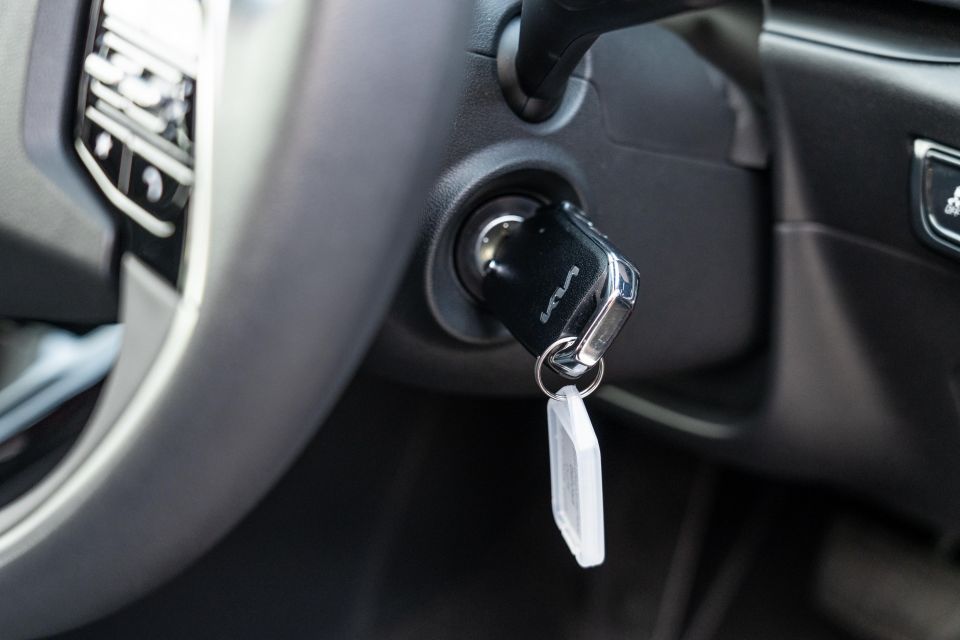
The design is quite interesting, making use of angles and interesting shapes – exemplified in no greater fashion than the unusual two-spoke steering wheel with Kia’s swish new branding, which also happens to be made of rental-spec polyurethane rather than wrapped in leather.
Behind this sits a crisp, basic digital cluster that changes colour when you adjust the driving mode between Eco and Sport. The speed and tacho flank a central display that shows you trip data, tells you what the hybrid system is up to, and shows a live animation of the lane-keeping aid.
Left of this is a slab of drab plastic, with the 8.0-inch touchscreen appearing quite small in this context.


It supports Apple CarPlay and Android Auto which work wirelessly (though there’s no charging pad), digital radio, a rear-view camera, Bluetooth phone and audio streaming, and both USB and USB-C ports. The wireless CarPlay glitched a few times and displayed an error message.
You know you’re in the base version, when you consider the fact the Niro GT-Line adds a 10.25-inch touchscreen that supports satellite navigation, embedded AI voice command functions, and Kia Connect telematics including remote vehicle monitoring and eCalling.
See further below to get a more detailed breakdown of the added features you get by stepping up into the GT-Line.


Below the screen and slim horizontal air vents is a slim touchscreen fascia that cleverly shortcuts you to various climate control functions, or media control shortcuts. Car brands put too many functions into screens these days, but Kia’s execution felt intuitive.
Overall build quality felt sturdy, although many of the materials feel more hard-wearing than premium. On an eco-friendly note, the headlining is made from recycled PET materials, and the seats are made from Bio PU with Tencel from eucalyptus tree fibres.
One common grievance we have; too much piano black trimming, in the Niro’s case along the tunnel, which is little but a magnet for dust, scratches, and sun glare.
The gear shifter is pleasing in its conventionality, but like the wheel made of plastic that feels downmarket.




There’s plenty of storage, particularly the large centre console with retracting cupholders, and decent door bins.
The back seats are surprisingly good. I’m 194cm and had ample foot, toe, knee, and head room behind my ideal driving position. There are also rear USB ports, vents, ISOFIX/top-tether anchors, and a flip-down armrest with cupholders.
The boot capacity is a claimed 425 litres, expanding to 1419L with the back seats folded. Beneath the floor lives a space-saver spare wheel.

The Niro HEV’s drivetrain comprises a 1.6-litre naturally-aspirated petrol engine making 77kW of power and 144Nm of torque, as well as a 32kW/170Nm electric motor, for combined outputs of 104kW and 265Nm.
The electric motor is mounted in the six-speed dual-clutch automatic transmission, the compact 1.32kWh lithium-ion battery lives under the back seat, and the setup drives the front wheels. There’s no all-wheel drive option.
The small battery’s reserves are kept in play through regenerative braking, which is the same way Toyota’s ubiquitous system functions. The upshot is claimed combined-cycle fuel economy of just 4.0 litres per 100km using 91 RON petrol on either the city or country cycles, equal to 92 grams of CO2 per 100km.
With a 42L tank on board, theoretical driving range sits above 1000km. For someone who wants to cut their fuel bills – AKA everyone – it’s a headline statistic.
Kia claims a 1300kg braked towing capacity, but only a 100kg maximum towball download.

First off, fuel economy is absolutely excellent. I averaged a real-world figure of 4.5 litres per 100km over 422.1km of driving including urban and highway stints.
As is typical with hybrids, the petrol engine usually drives the car except at low speeds where the battery-powered electric motor gets you rolling, meaning it usually starts up silently.
That said, I was able to slowly crawl up a car-park ramp on partial throttle in EV mode, while the engine can also decouple at higher speeds so long as you aren’t taxing it much. I saw an indicated 84km/h down a slight hill in EV mode.

It feels quite zippy as you accelerate because it uses a quick-shifting dual-clutch transmission, while the e-motor irons out most of the expected low-speed jerkiness these DCTs sometimes have. There’s the occasional noticeable powertrain handover but overall it’s pretty smooth.
It does run out of puff at higher speeds, as its circa 10-second 0-100km/h time showed, but around town it offers decent levels of response.
One downside is the lack of regenerative braking adjustment via the paddles, which is a feature that only comes in the GT-Line variant. The Niro S does, however, get Eco and Sport modes that adjust the drivetrain response slightly on initial throttle application.
The suspension comprises independent McPherson strut and multi-link rear designs with passive dampers, while the electric power steering system offers a 10.6-metre tuning circle.

The Niro also underwent a local ride and handling program to ensure its suitability for Australia’s unique roads – Kia Australia’s first full local development program since the start of the COVID pandemic.
It’s much sharper in corners than the pre-update model, offering good body control in corners and pretty responsive and direct steering. It also rides reasonably well with plenty of tyre sidewall to act as extra cushioning, though NVH suppression was only moderate.
Its driver-assist aids are generally well-calibrated – it can alert you when the car ahead departs in case you’re not paying attention, match the speed of the car ahead, steer between road lines for short periods, and stop itself in emergency braking situations.
As ever, these ‘Level 2’ driver aids require you to be in control of the vehicle at all times.


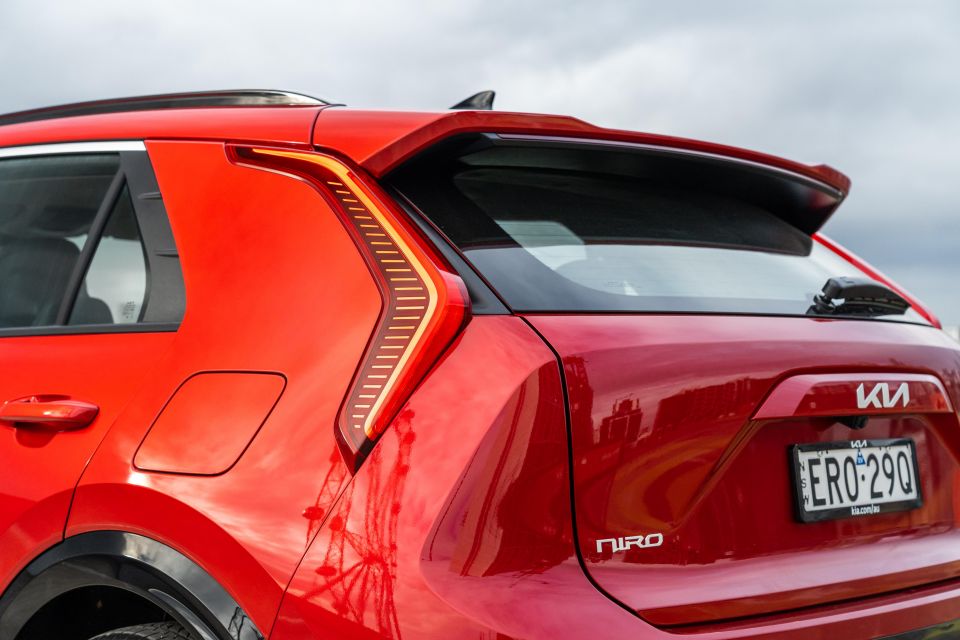

The Niro S’ features list is limited, with a host of features that we’d expect on a circa-$50,000 vehicle not included – unless you step up into the Niro GT-Line grade.
Niro HEV S highlights:




Where expert car reviews meet expert car buying – CarExpert gives you trusted advice, personalised service and real savings on your next new car.
Niro HEV GT-Line adds:
In short, the standard features list on this base Niro HEV S is stingy, considering its cost.

The Niro has the maximum five-star ANCAP safety rating with a 2022 date stamp.
It scored 88 per cent for adult occupant protection, 84 per cent for child occupant protection, 76 per cent for vulnerable road user protection, and 87 per cent for safety assist features.
Standard safety equipment includes:
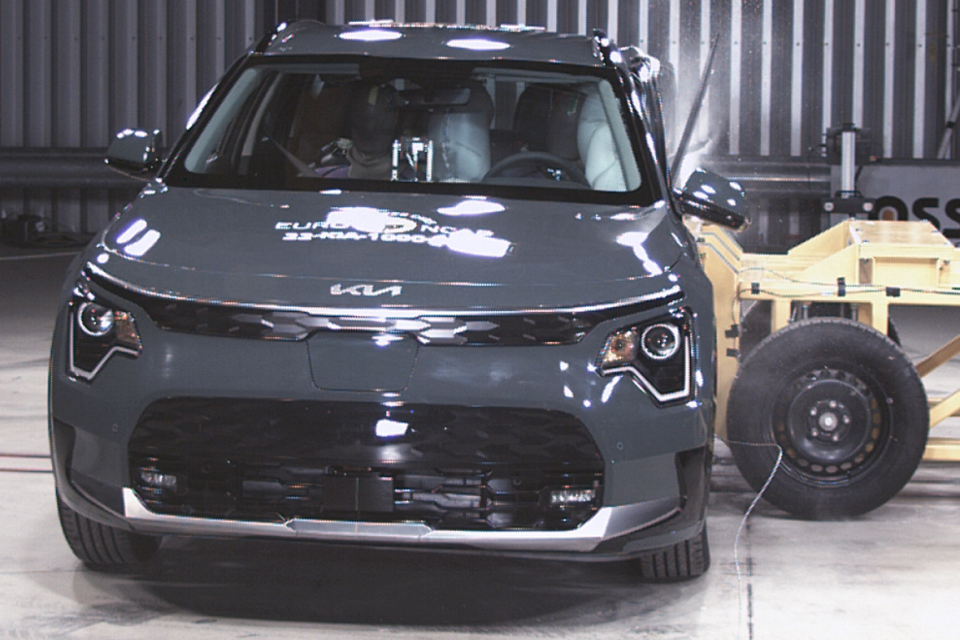
Niro GT-Line adds:
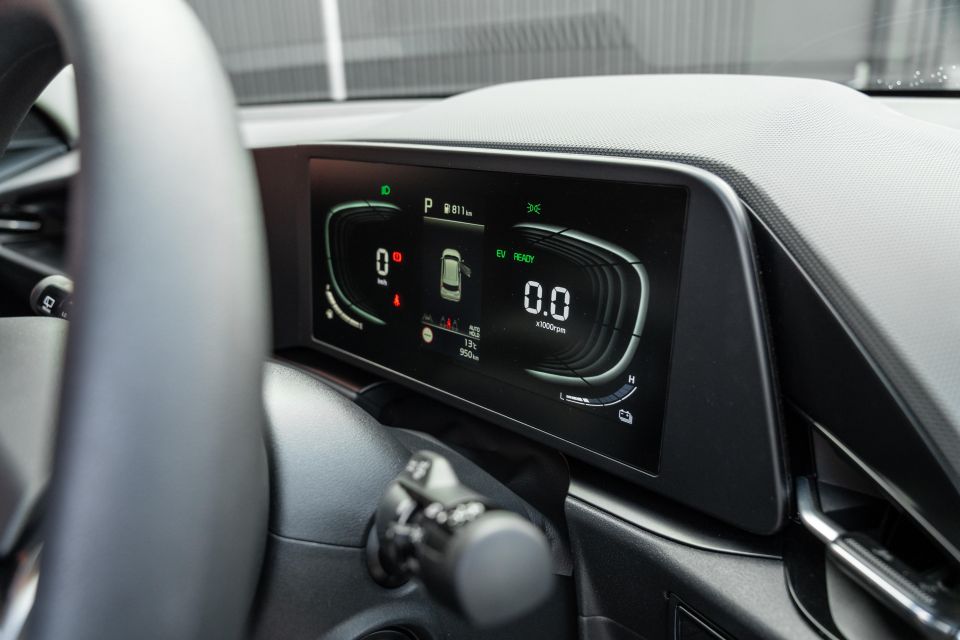
While the fuel economy and seven-year/unlimited-mileage warranty are outstanding, the service costs are not.
Kia caps its service pricing and the intervals are either annual or 15,000km – whichever comes first.
Niro HEV service pricing:
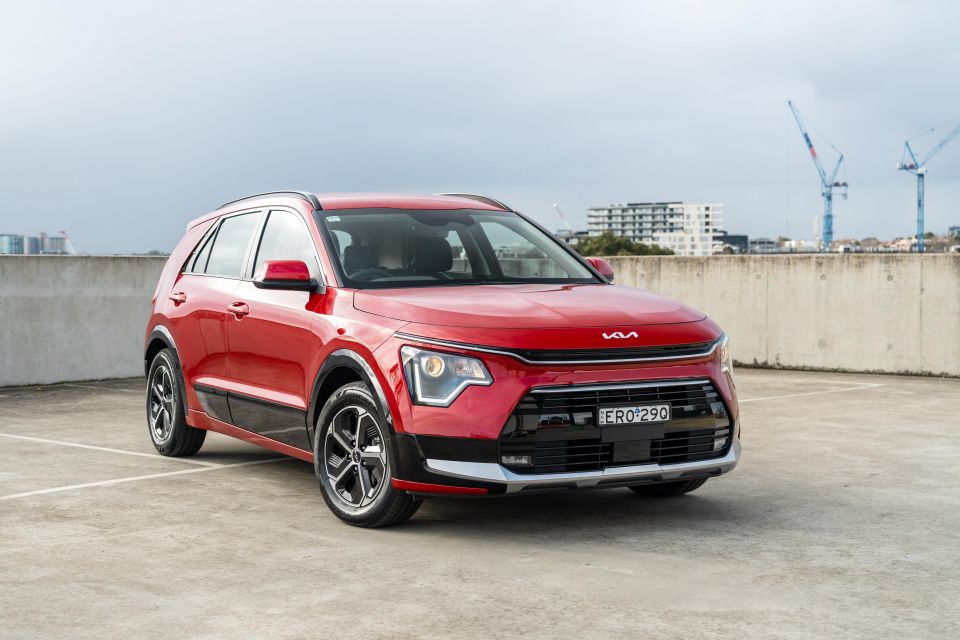
The new Kia Niro HEV S looks the part, drives pretty well, and is highly fuel-efficient.
But I’m less sure about the value-for-money equation, especially given the big list of desirable features restricted to the higher-spec GT-Line variant.
Does it deliver a more compelling package than a Honda HR-V e:HEV L or incoming Toyota Corolla Cross Hybrid? On paper, I’d say not in S grade as tested.

Click the images for the full gallery
MORE: Everything Kia Niro
Where expert car reviews meet expert car buying – CarExpert gives you trusted advice, personalised service and real savings on your next new car.


Matt Campbell
6 Days Ago


James Wong
5 Days Ago


Max Davies
3 Days Ago


Josh Nevett
2 Days Ago


Josh Nevett
2 Days Ago


Paul Maric
15 Hours Ago